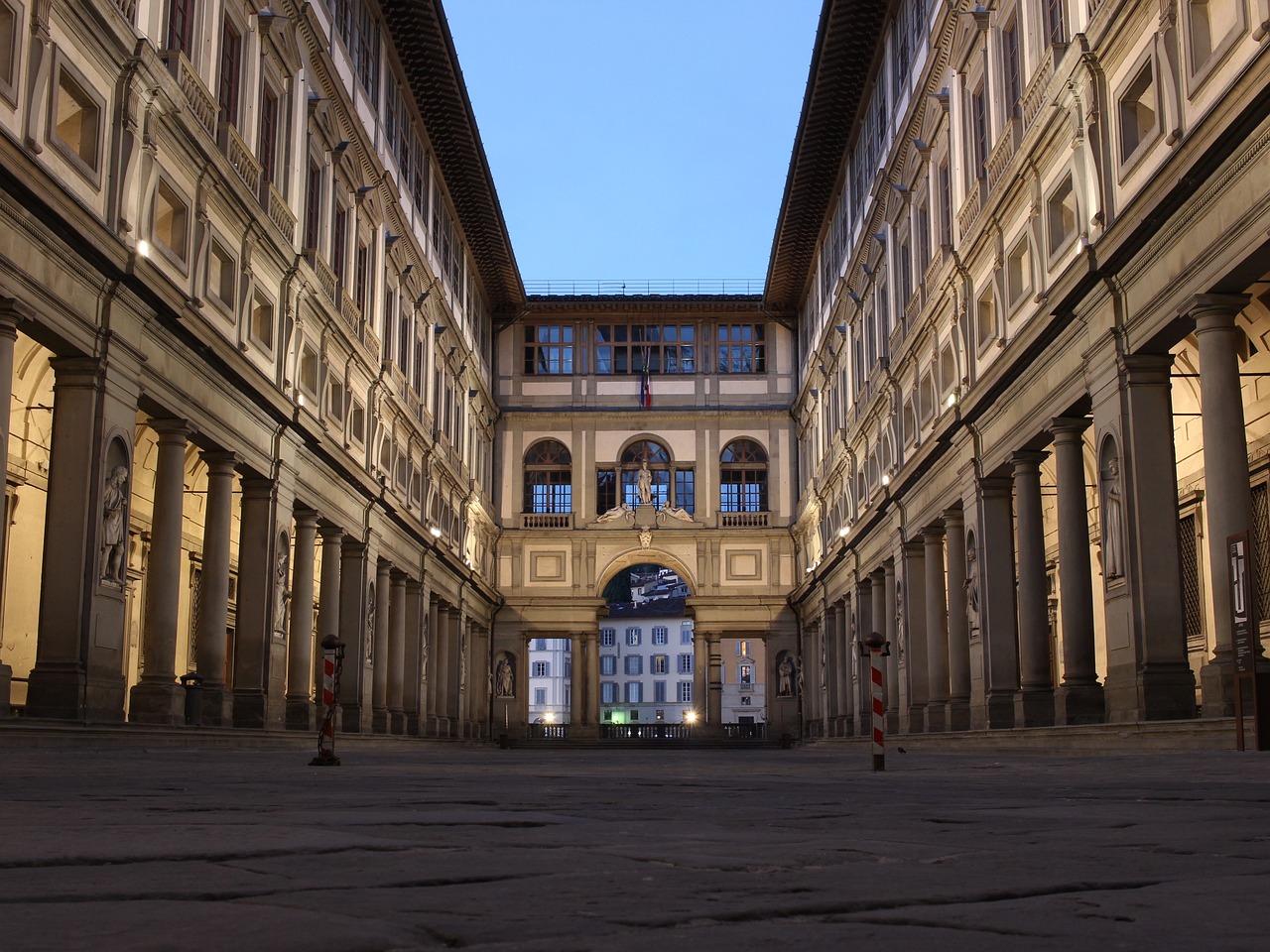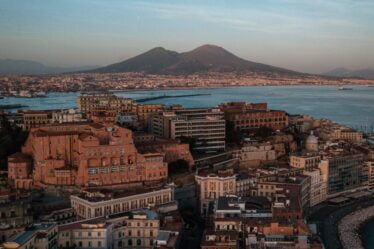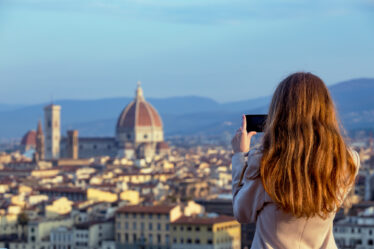
Reunited at Palazzo Pitti, the mythical figure who was Bartolo’s arm for much of his life, is the picture of the dwarf Morgante, the most well-known of the five buffoons who resided at the court of Cosimo I de ‘Medici. “Thereupon, he depicted Bronzino to the Duke Cosimo, Morgante Nano, Ignudo, and the entire scene in two different ways, i.e., the front and the back of the painting, with that extravagant display of hideous appendages that has that dwarf: what painting in that genre is lovely and amazing” (Vasari, Bronzino’s life). Given that he was not permitted to hunt for larger game, the painting, which is painted on both sides, shows the dwarf as a “bird,” or bird hunter. In the two moments of action that follow, the character is seen from the front and the rear, respectively. Before going hunting, the character is shown holding an owl that is being used as bait to draw an acorn that is flying through the air. The genitalia are coated in two podaliric butterflies that were just found during the repair. proudly reveals the prey while turning to face the observer from behind. Painting a piece from several views on Bronzino, at the time of the litigation about the “comparison” (i.e., the argument over which art form is superior, painting vs. sculpture), provided the facts in response to those who argued that statuary was superior since it provided a greater variety of viewpoints. The picture is now on display at the Palatina Gallery’s Apollo room. This extremely delicate piece now has a new display case, impact absorption technology, and the newest anti-reflex glass available. It is in a more secure place here. Indeed, in the first-floor hallway of the Uffizi, where it was situated between 2013 and 2016—alongside the artist’s portrait gallery—the movements of the floor in the middle of the passage, brought on by foot traffic, posed a risk to his storage.
Known for his keen and humorous words, Arm of Bartolo—dubbed with ironic sarcasm as the enormous protagonist of Luigi Pulci’s poetry of the same name—was a highly famous figure during Cosimo I’s reign. It was even featured in the biographies of Vasari. And as time went on, it started to appear in today’s recognized masterpieces. Not to be forgotten are the double portrait of Bronzino, the bronze statue of Giambologna for the little fountain in the hanging garden, and Valerio Cioli’s marble sculpture for the Bacchino fountain in the Boboli garden, which shows it with a turtle ride. Currently on display in Bargello, above the Loggia dei Lanzi, where it may be seen on the steed of marine monster. Then, Giambologna restates Morgante’s significance in Cosimo’s life and depicts him standing in front of the Grand Duke’s horse statue in Piazza della Signoria, participating in the coronation of his Lord with a disquieting demeanor that befits his function.
The Bronzino painting underwent extensive restoration work in the nineteenth century that changed the dwarf none that in the Bacchus god into a mythological figure, possibly in response to the most consonant figure’s nudity. The head was given a crown made of live leaves, the pelvis and genitalia were concealed by another garland made of Pampini and bunches, and painted again owl was transformed into a glass of wine.
Only in 2010—during a painstaking restoration process—were these alterations taken down, giving the work its original look once again and the Nano Morgante its rightful place in history as a proficient bird hunter, as attested to by historical records.
The director of the Uffizi Galleries, Eike Schmidt, explains, “The chronicles pass by that Bartolo’s arm had a complex and witty, charismatic and sometimes even quarrelsome personality. He was one of the protagonists of the social and political life of the court, very dear to Cosimo I, whose sixteenth-century birthday is celebrated this year. Therefore, the exhibition of Bronzino’s portrait in Palazzo Pitti—arguably the greatest painter of that court—is a joint museum and celebration occasion. Furthermore, it is a procedure that protects such a delicate piece from the dangers of the picture film coming away.”
Our friendly guides will take you on an exciting learning journey through the streets of Florence. They’ll share fascinating stories and secrets about the city’s history. Along the way, you’ll discover hidden treasures and famous landmarks, including the Duomo, Ponte Vecchio, and Piazza Pitti.
Remember to book your slot in advance. Our free walking tours in Florence can fill up quickly, especially during peak tourist seasons. we are starting our tour from Santa Maria Novella square, meeting point in front of Minerva Hotel.



